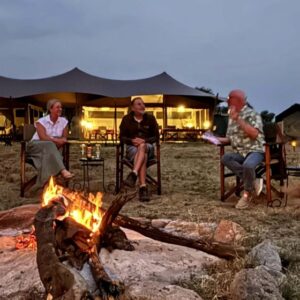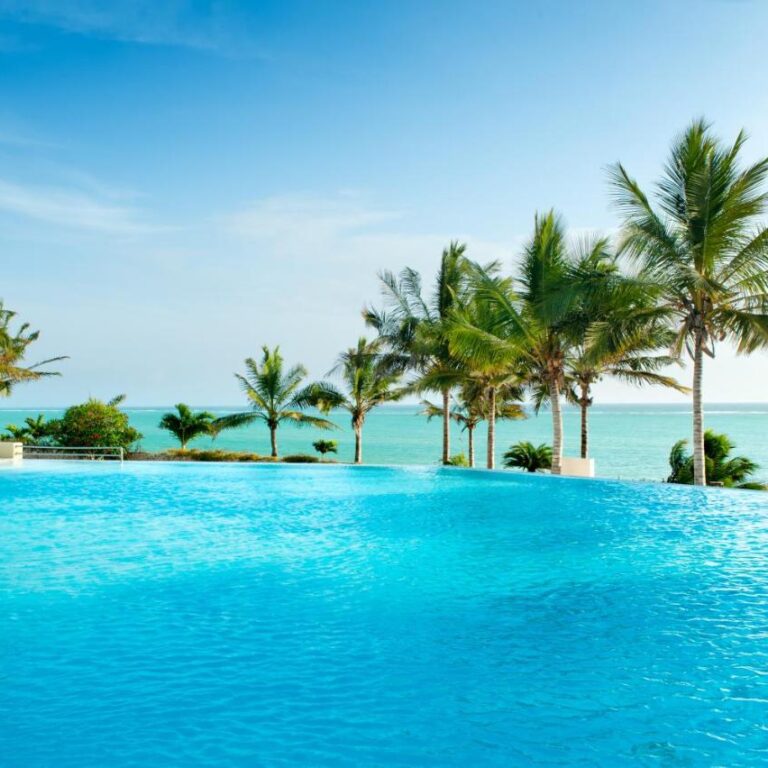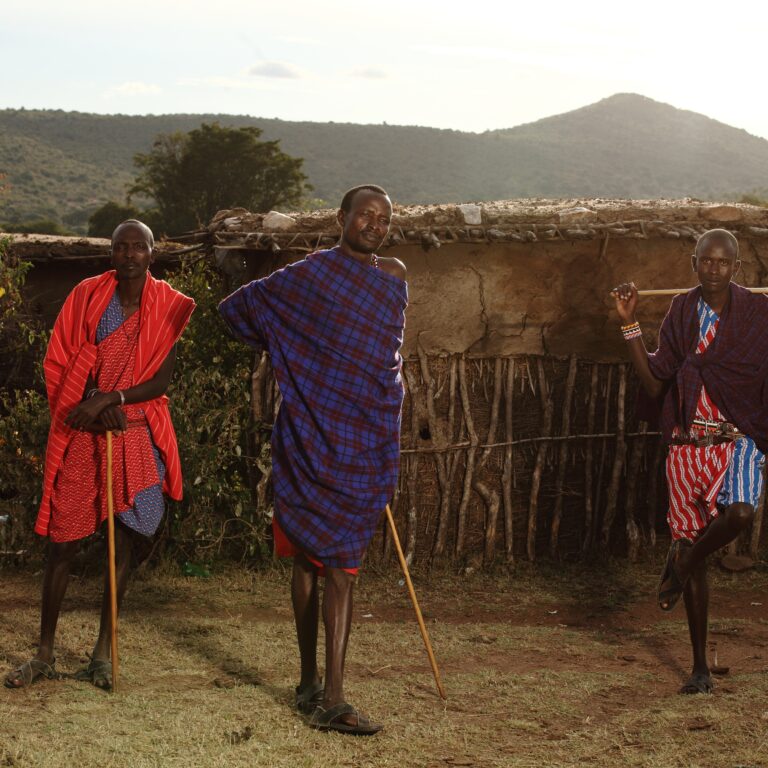The seven different Kilimanjaro routes.
Kilimanjaro, Africa’s crown jewel, rises above the clouds, beckoning adventurers with its majestic landscapes and the promise of summit glory. But with seven distinct routes winding up its slopes, choosing the right path can feel like deciphering ancient hieroglyphics. Fear not, intrepid climber! This guide unveils the secrets of each route, helping you find the perfect trek for your Kilimanjaro symphony.
1. Marangu Route (Coca-Cola Route):
Marangu, the “Coca-Cola Route,” beckons with gentle slopes and cozy huts. Imagine slumbering in bunk beds, a Coke warming your hands after crisp nights. This classic climb, dubbed for its readily available refreshments, offers a gradual ascent, ideal for beginners. Watch iconic wildlife at Mandara Huts, bask in Kibo’s glacial crown, and conquer Kilimanjaro in comfort, one sip at a time.
- Difficulty: Easiest route, well-maintained with huts and basic amenities.
- Pros: Ideal for beginners, gradual ascent, comfortable huts with food services.
- Cons: Crowded, less scenic, lacks the wilderness experience.
2. Machame Route (Whiskey Route):
The Machame Route, or “Whiskey Route,” whispers adventure with its diverse landscapes. Hike amidst heather fields, traverse volcanic plains, and conquer Barranco Wall’s dramatic ridges. This scenic path challenges with steeper sections, rewarding your grit with breathtaking panoramas. Sip in the magic of Shira Plateau’s lunar beauty and toast your summit victory – a well-earned dram under Kilimanjaro’s icy crown.
- Difficulty: More challenging than Marangu, diverse landscapes, scenic views.
- Pros: Gorgeous scenery, varied terrain, good acclimatization profile.
- Cons: Steeper sections, less comfortable than Marangu, requires good fitness.
3. Lemosho Route: Beautiful Route on Mount Kilimanjaro
Escape the crowds and embrace the wild on the Lemosho Route. Imagine traversing the scenic Shira Plateau, glaciers shimmering beneath your boots. This diverse path, often combined with Lemosho, lets you choose between cozy huts and starry wilderness camps. Feel the rhythm of ancient lava fields, conquer Arrow Glacier’s icy challenge, and reach the summit, knowing you carved your own path to Kilimanjaro’s glory.
- Difficulty: Similar to Machame, scenic and diverse, often combined with Shira Plateau.
- Pros: Beautiful landscapes, less crowded than Machame, offers wilderness camping option.
- Cons: Longer days, requires good navigation skills, lacks infrastructure like huts.
4. Rongai Route Kilimanjaro- 95% Summit Success Rate
Rongai, the “North Face” of Kilimanjaro, beckons with its untamed beauty. Start from the savannah’s embrace, watch zebras graze as you ascend, and feel the whisper of ancient Maasai traditions. This moderate route unveils volcanic craters, traverses lunar landscapes, and offers a unique perspective on Kibo’s majestic crown. Hike in solitude, soak in the serenity of remote villages, and conquer the summit, knowing you’ve walked a path less traveled.
- Difficulty: Moderate, starts on the north side, offering unique scenery.
- Pros: Less crowded than southern routes, scenic volcanic landscapes, good acclimatization.
- Cons: Longer and drier than other routes, remote location, limited facilities.
5. Shira Route – Climbing Kilimanjaro
The Shira Route, Kili’s “High Road,” whispers of solitude and challenge. Imagine traversing the moon-like Shira Plateau, glaciers kissing the sky, volcanic giants as your sentinels. This demanding path, best for seasoned climbers, tests your grit on steep inclines, rewards you with surreal beauty, and offers a taste of Everest’s icy heights. Conquer the jagged Lava Tower, feel the wind sing through ancient rocks, and reach the summit, a king among the clouds.
- Difficulty: Challenging, traverses high-altitude Shira Plateau, often combined with Lemosho.
- Pros: Stunning high-altitude scenery, unique wilderness experience, good acclimatization.
- Cons: Demanding trek, requires excellent fitness and altitude tolerance, limited facilities.
6. Umbwe Route – Hardest route on Kilimanjaro:
The Umbwe Route, Kili’s “Rainforest Shortcut,” beckons with its emerald heart and adrenaline rush. Imagine plunging through ancient mists, waterfalls roaring a primal symphony. This challenging path for experienced climbers, nicknamed “Umbwe Maze,” demands agility on steep slopes, rewards with hidden valleys, and lets you conquer Lava Tower’s dramatic ascent. Embrace the primal rhythm of the rainforest, emerge into Kibo’s icy embrace, and claim your summit victory, where even the clouds tremble before your grit.
- Difficulty: Most challenging, steep ascent through rainforest, experienced climbers only.
- Pros: Shortest route, scenic rainforest and high-altitude terrain, sense of adventure.
- Cons: Technically demanding, dangerous weather conditions, not for beginners.
7. Kilimanjaro Northern Circuit Route:
Northern Circuit, Kili’s “Wilderness Waltz,” whispers of off-the-beaten-path adventures. Imagine dancing amidst wildflowers, elephants trumpeting your welcome. This remote, scenic route winds through diverse landscapes, from acacia plains to ancient baobab groves. Share the trail with elusive wildlife, bathe in the glow of starry skies, and conquer the summit knowing you’ve waltzed Kilimanjaro’s wildest side. Untamed beauty, solitude, and a triumphant finale await your every step.
- Difficulty: Moderate, scenic and less crowded, traverses diverse landscapes.
- Pros: Uncrowded wilderness experience, stunning scenery, unique wildlife encounters.
- Cons: Longer and more remote than other routes, requires good navigation skills, limited facilities.
Your Kilimanjaro Compass:
Choosing the right route depends on your experience, fitness level, and desired travel style. Consider these factors:
- Experience: Start with easier routes like Marangu or Rongai if you’re a beginner.
- Fitness: Be prepared for physically demanding terrain, especially on steeper routes.
- Comfort: Decide between comfortable huts and basic campsites depending on your preference.
- Scenery: Choose a route that offers the landscapes you find most captivating.
- Crowds: Opt for less crowded routes like Lemosho or Northern Circuit if you seek solitude.
Remember: Hiking Kilimanjaro Routes
No matter your choice, respect the mountain and be prepared for unpredictable weather.
Choose a reputable tour operator that prioritizes safety and ethical practices.
Enjoy the journey! Every Kilimanjaro route offers its own unique charm and sense of accomplishment.
Kilimanjaro’s seven routes are more than just paths; they are gateways to a transformative experience. As you ascend, each step echoes with the rhythm of adventure, and with the right choice, your Kilimanjaro symphony will reach a triumphant crescendo at the summit. So, pick your route, lace up your boots, and begin your climb. The Roof of Africa awaits!








